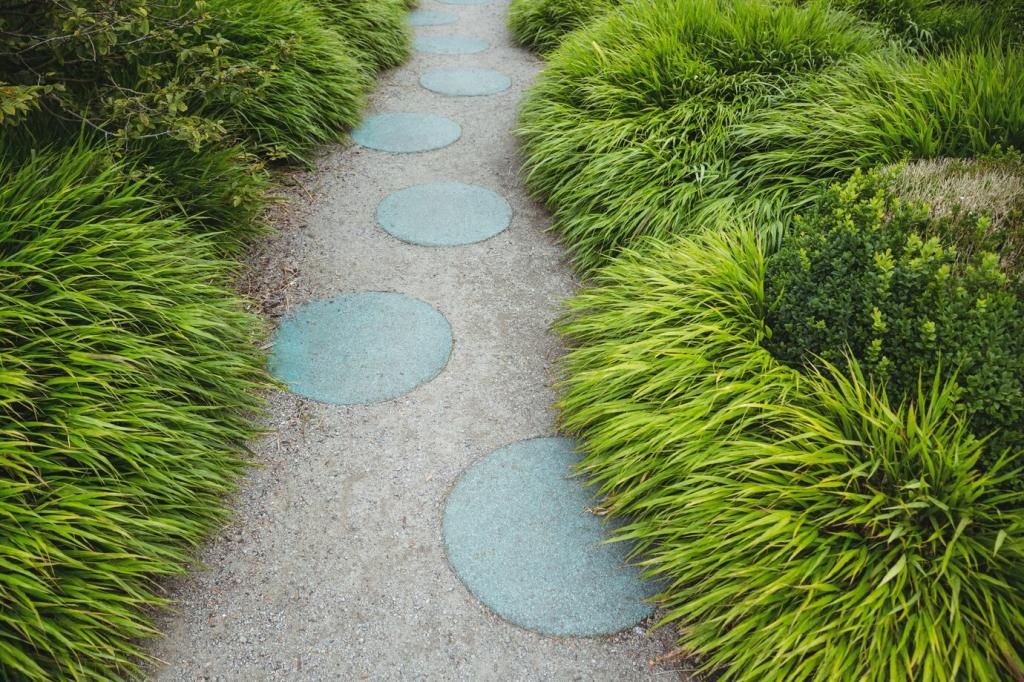
Rain Garden Design for Water Conservation
Chosen theme: Rain Garden Design for Water Conservation. Capture stormwater, recharge soil, and turn every downpour into a chance to nourish your landscape, protect local waterways, and inspire your community to do the same.
Why Rain Gardens Matter for Water Conservation
From Downpour to Treasure
A well-designed rain garden transforms rooftops and driveways from runoff producers into water resources. By capturing sheets of rain, you prevent erosion, recharge soil moisture, and keep pollutants out of streams. Tell us your rain challenges!
A Small Basin, A Big Impact
Even modest gardens intercept surprising volumes of water, especially during frequent light storms. They relieve pressure on local infrastructure and protect basements and sidewalks. Subscribe to track simple methods for measuring your saved gallons over time.
Design with Purpose
Beyond water savings, rain gardens cool hot yards, support pollinators, and add seasonal color. When your landscape works harder, you irrigate less and enjoy more. Share your goals so we can tailor tips to your site and climate.
Dig a hole about a foot deep, fill with water, let it drain, then refill and time the drop per hour. Aim for at least one inch per hour. Log results and comment with your soil type!

Sizing and Shaping the Basin
Right-Size with Rainfall
Estimate roof or pavement area feeding the garden, then size the basin roughly twenty to thirty percent of that area, adjusted for soil and climate. Depth around six to eight inches usually works. Comment for personalized calculations.
Inlets, Level Spreaders, and Overflow
Guide water in gently with a rock-lined inlet or level spreader to avoid erosion. Include a stable overflow spillway directing excess to lawn or swale. Share photos of your proposed inlet for community feedback.
Soils and Amendments
Blend native soil with compost where appropriate, avoiding overly fine mixes that clog. Prevent subgrade compaction and roughen the bottom to encourage infiltration. Subscribe for our upcoming checklist on soil prep and amendment ratios.



Build It: Step-by-Step Installation
Outline the garden shape with string at finished grade, mark the spillway, and trace edges with paint. Remove turf carefully and reuse sod elsewhere. Share your layout sketch for feedback on curves, access, and aesthetics.

Care, Monitoring, and Measured Savings
Weed monthly, top up mulch as it settles, and inspect inlets after storms. Prune lightly to guide form. Set calendar reminders and share your maintenance wins so others can learn from your experience.
Use a rain gauge and simple math: rainfall depth times drainage area equals captured volume. Record events to see trends. Post your numbers and we’ll help interpret results and discuss potential irrigation reductions.
If water lingers beyond forty-eight hours, aerate the soil, add organic matter, or slightly expand the surface area. Address sediment at inlets promptly. Comment with challenges, and our community will suggest targeted fixes.
Join our mailing list
